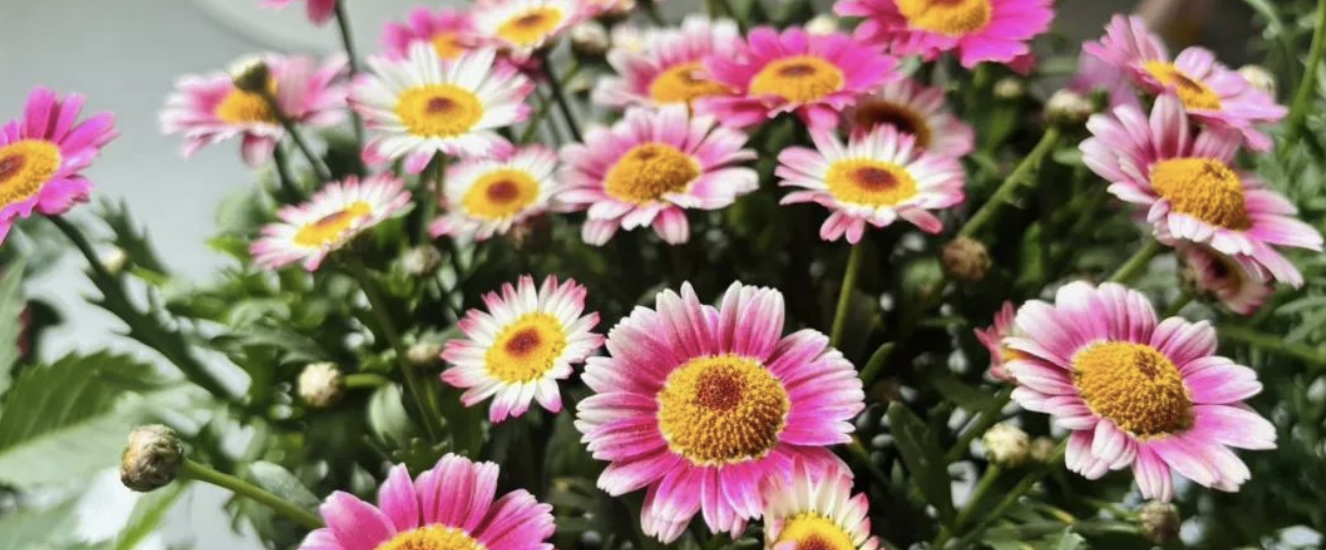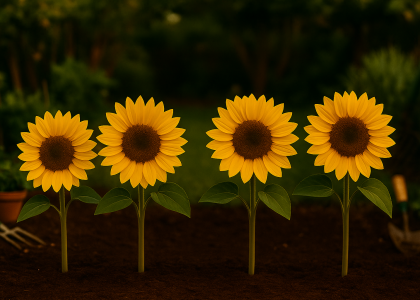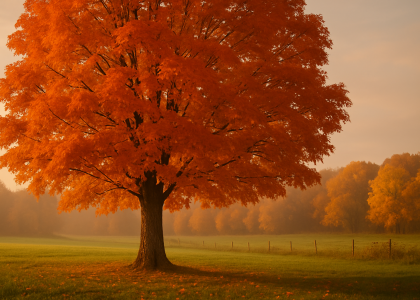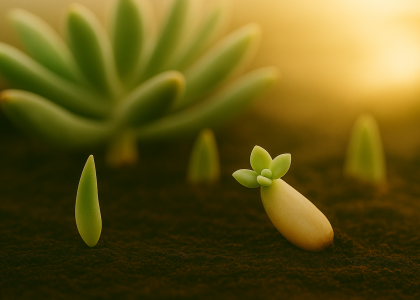Fresh as daisies, light as spring—this underrated beauty brings a little sunshine to any corner of your home.
Meet Marguerite Daisy: Not Just a Flower Shop Favorite
Known botanically as Argyranthemum frutescens, the Marguerite Daisy (also called Paris Daisy or Bush Daisy) is a charming perennial shrub hailing from the Canary Islands.
Though often seen in flower shops as cut flowers, Marguerite Daisies make fantastic potted plants. With their daisy-like blooms, finely divided green leaves, and cheerful presence, they’re perfect for brightening up balconies, window sills, or small patios.
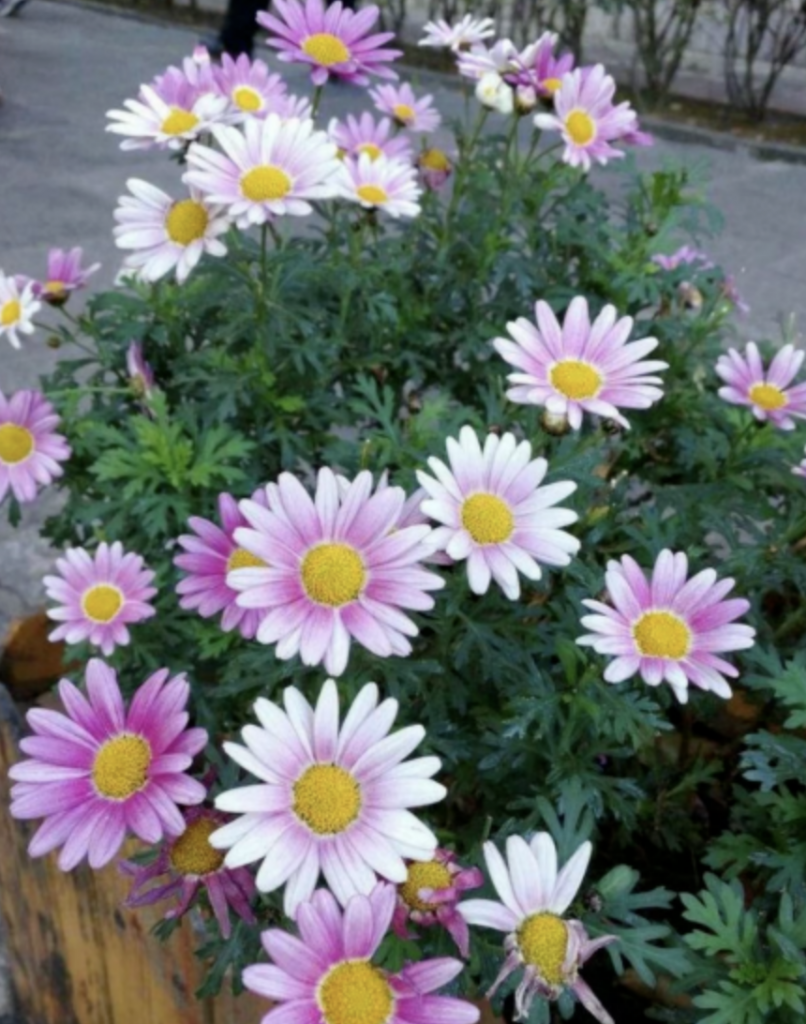
Why We Love It
- Delicate yet lush foliage
- Blooms in spring through early summer
- Colors include white, pink, yellow, red, purple
- Both single and double-petal forms
- Gentle fragrance and cottage garden charm
- Perfect for small space gardening

How to Grow Marguerite Daisies: Step-by-Step Care Guide
1. The Right Soil Mix
Marguerite daisies love loose, fertile, and well-draining soil.
A perfect blend would be:
- 3 parts leaf mold or garden compost
- 2 parts peat moss
- 1 part perlite
This mix prevents root rot by ensuring good drainage while retaining just enough moisture and nutrients.
2. Sunshine, Please!
They thrive in full sun, especially in the gentle light of spring. Place them on a south-facing balcony or windowsill where they can receive at least 6 hours of sunlight daily.
Tip: As late spring sun intensifies, provide partial shade during the hottest hours to prevent leaf scorch.
3. Temperature Tips
Ideal growing temperatures: 15–25°C (59–77°F). In early spring, when temperatures still fluctuate, protect your daisies from late frosts with a plastic cloche or bring them indoors at night.
4. Watering: Find the Balance
Keep the soil evenly moist—but never soggy. As temperatures rise, water every 2–3 days. Adjust based on:
- Rainy weather: reduce frequency
- Hot days / small pots: increase frequency
- Always water deeply and allow excess to drain
5. Fertilizer Plan
During the active growing season (spring to early summer):
- Use balanced liquid fertilizer every 1–2 weeks
- Before bloom, switch to phosphorus & potassium-rich fertilizer (like diluted potassium dihydrogen phosphate spray at 0.2–0.3%) to boost flower production
Pruning for Fullness & More Flowers
- After blooming: Trim off faded flowers to prevent energy drain
- Spring maintenance: Thin crowded branches to improve air circulation
- Shape tips: Lightly prune long stems to promote bushier growth and more buds
Bonus: Regular pruning keeps the plant compact, making it even more balcony-friendly.
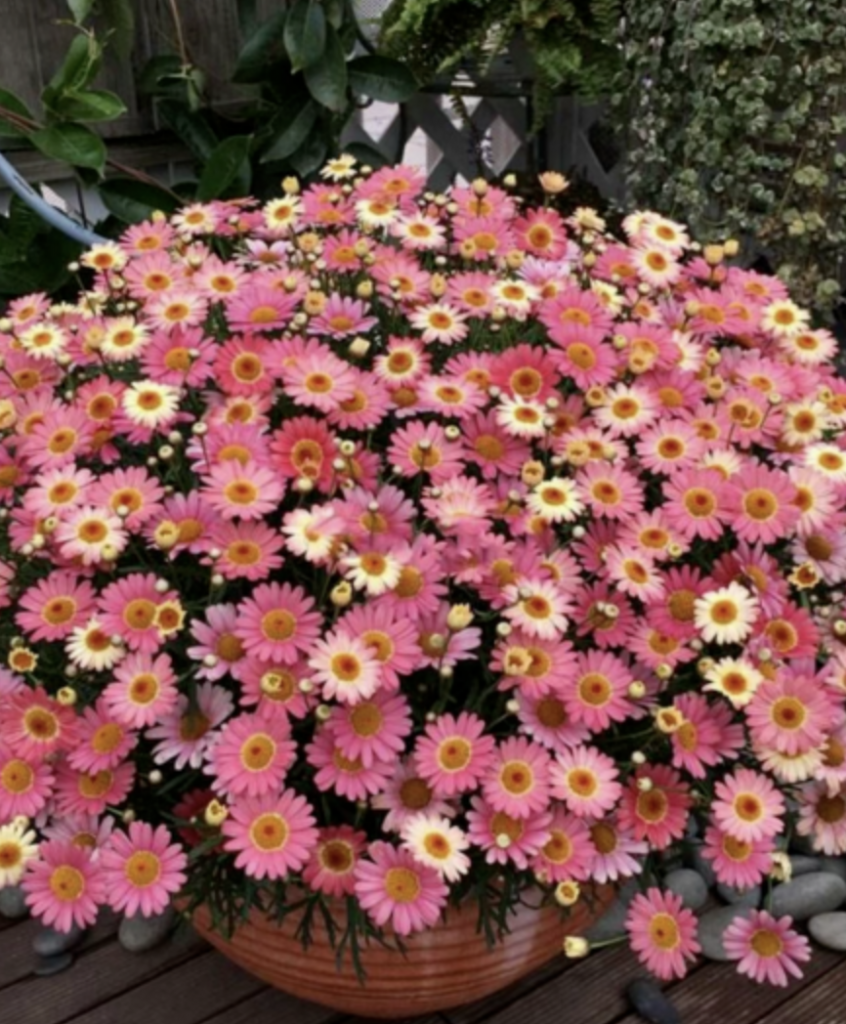
Watch Out for Spring Pests & Diseases
Common Problems:
| Issue | Symptoms | Solution |
| White powder on leaves | White powdery film | Spray anti-fungal (e.g., neem or sulfur) |
| Aphids | Sticky, curled leaves | Use imidacloprid spray or soapy water |
| Leaf drop or yellowing | Overwatering, poor drainage | Repot with better drainage, cut back watering |
Always check plants weekly in spring—early treatment prevents spread.
A Little Romance: The Story Behind the Name
The name “Marguerite” comes from Princess Margaret of Norway, who adored these flowers in the 16th century. Over time, the bloom became associated with youth, innocence, and love divination—often used in petal-pulling games:
“He loves me, he loves me not…”
Garden & Lifestyle Uses
Marguerite Daisies aren’t just beautiful—they’re incredibly versatile:
- Balcony centerpiece in clay or ceramic pots
- Cut flower for vases or bouquets
- Dried for journals or pressed flower crafts
- Mother’s Day or friendship gifts
- Fresh petal tea (from untreated flowers only)
Marguerite Daisies are not edible in large amounts, so use as decoration—not salad greens!
Can You Propagate Marguerite Daisies?
Yes! It’s super easy via stem cuttings in early spring or fall:
- Cut a healthy, non-flowering stem (~4–6 inches)
- Dip in rooting hormone
- Plant in a moist perlite/peat mix
- Keep in indirect light with plastic dome cover
- Roots form in 2–3 weeks
You can also try dividing larger shrubs in spring.
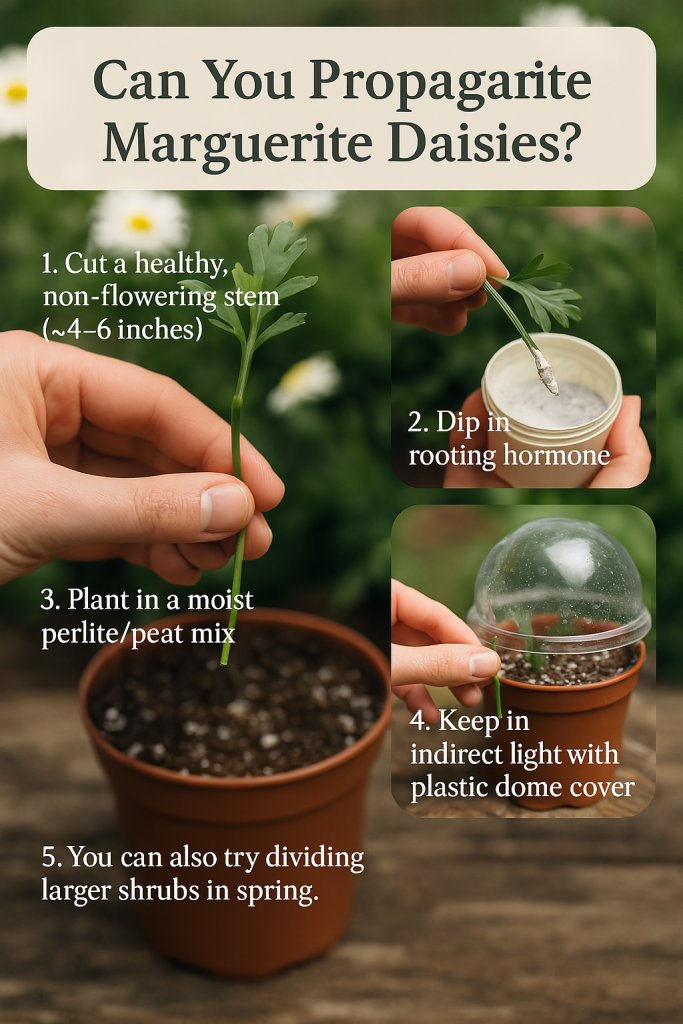
Final Thoughts: A Bloom that Brings Warmth
Marguerite Daisies are more than seasonal flowers—they’re like a small burst of sunshine in a pot.
They ask for little, but return the favor tenfold: with cheerful blooms, delicate textures, and a fresh, simple kind of happiness that makes your balcony or window ledge feel alive.
Whether you’re just starting your garden journey or adding softness to your space, Marguerite Daisies are a perfect first (or forever) bloom.

